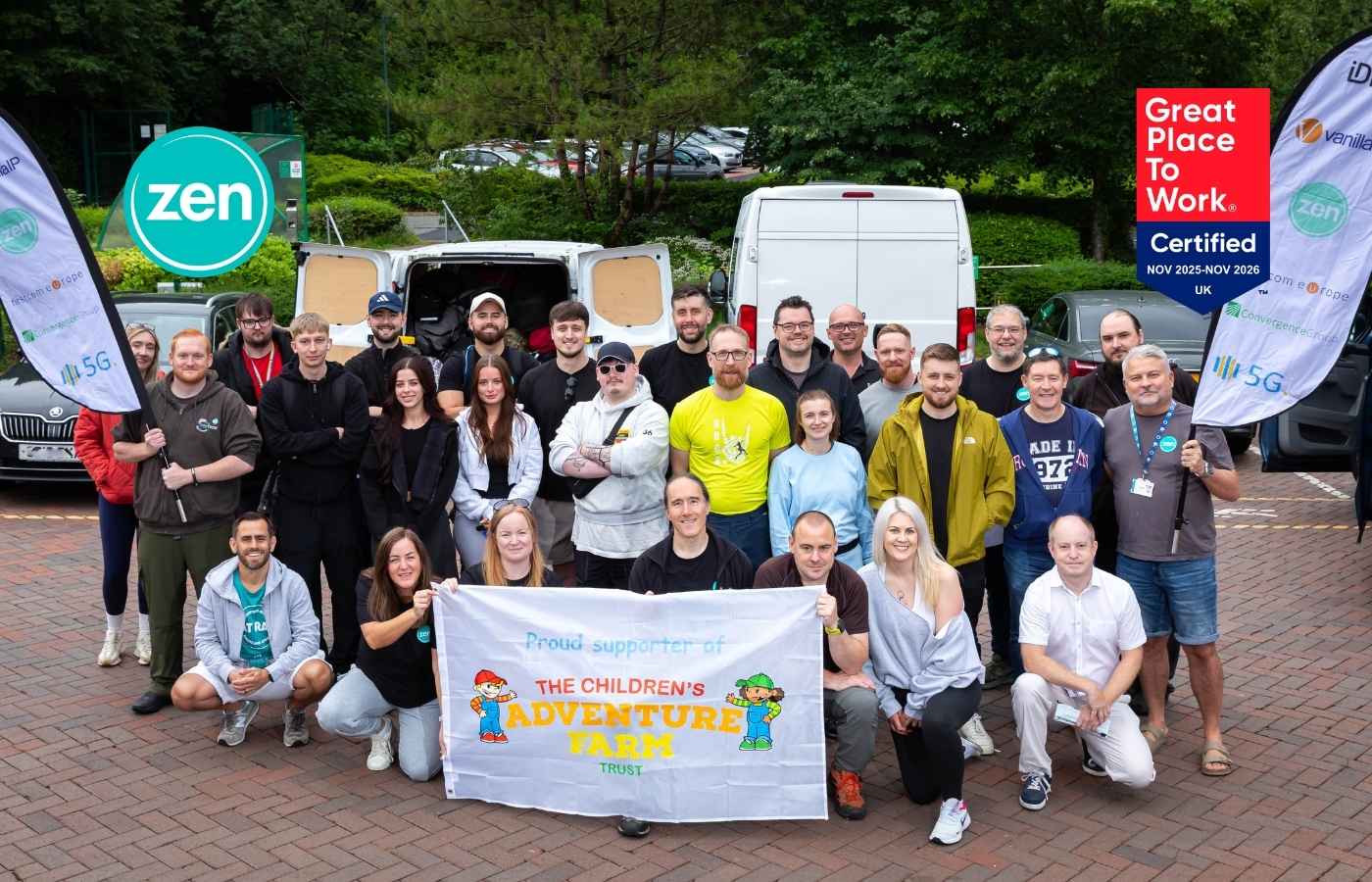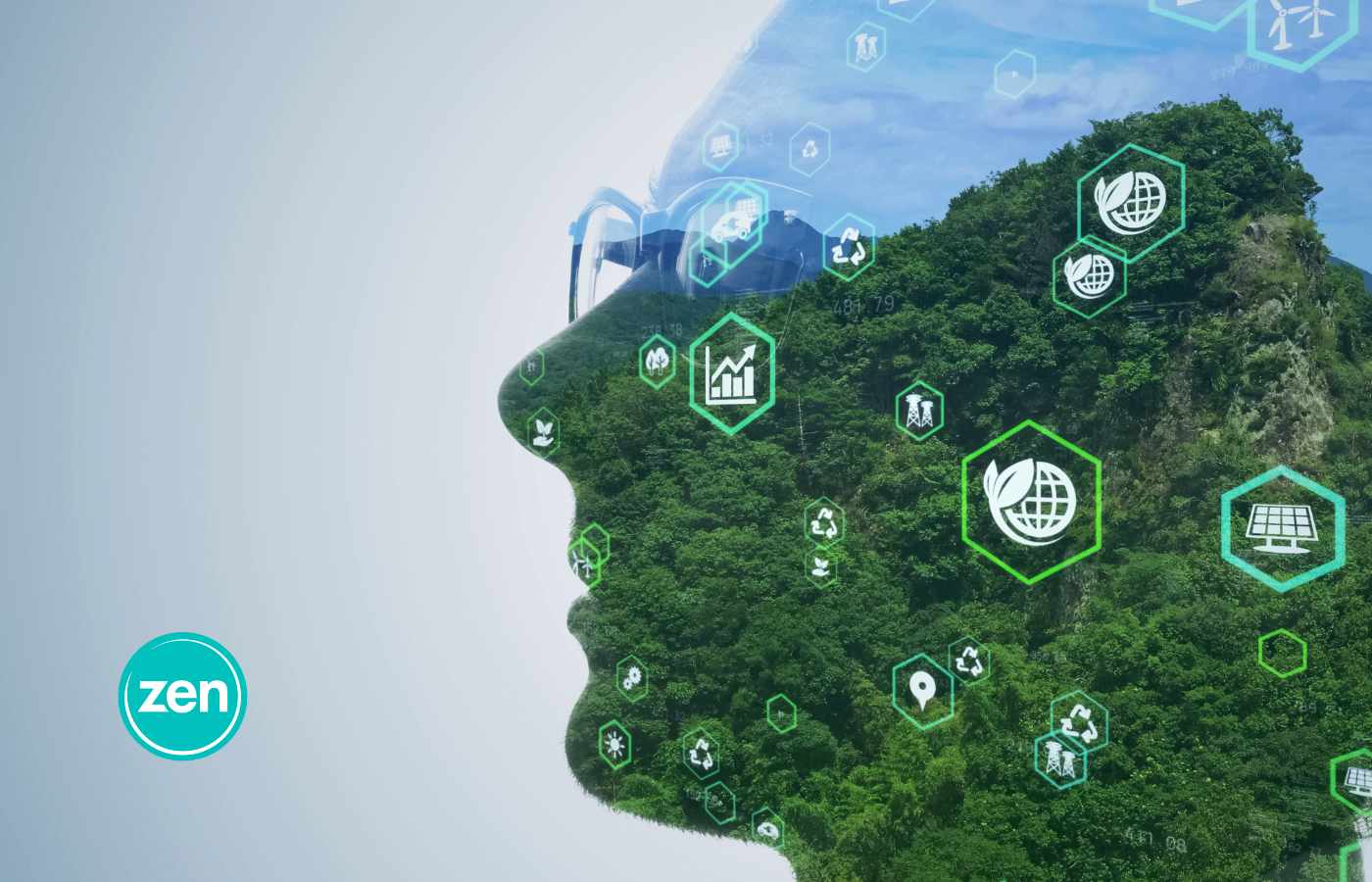Laptop Screen Floats Before Your Very Eyes
Aiming to free laptop users from small displays that limit functionality, Sightful has unveiled a laptop with no screen at all. Instead, Augmented Reality (AR) glasses project a 100-inch virtual screen somewhere up front and very personal, literally in front of your very eyes. Of course, portable actual screens for laptops have always been available to counter the disadvantages of being confined to a single smallish screen, but adding to the bulk and weight of the remote worker's carry-around burden has never been the ideal solution. Seeking to overcome this problem, Israeli company Sightful has announced a laptop that removes the screen entirely and makes it visible up in the air - wherever the user looks - using a pair of connected AR glasses. Using two tiny 1080p displays, the illusion created is that of a full 2K display. Using a proprietary operating system known as Spacetop OS, the setup allows multiple windows to be open side-by-side on the virtual screen. Because the images seen by the user cannot be seen by anyone else, Spacetop offers a new level of privacy when working in public spaces, even those as cramped as an airline seat. Also, because the glasses are see-through, there is no risk of missing anything happening in the world at large while using the system. Sightful is currently offering 1,000 people interested in owning one of the first Spacetops the chance to sign up online at sightful.com
Take a look
Elon Musk Presents Tesla's Walking Talking Robot Future
At Tesla's 2023 shareholders meeting, Elon Musk showed investors the robot he believes will soon represent the majority of the company's value. Named Optimus, and already existing in several prototypes, the robot is capable of walking, thanks to motors, controllers and electronics all designed and manufactured by Tesla. The general-purpose robot is learning to sense the world around it, map it and navigate it using systems developed for the self-driving Autopilot systems in the company's electric cars. "As Full Self Driving gets closer to generalised real-world AI, that same software is transferable to a humanoid robot", said Musk. "With our arms and legs, humans can obviously walk around, but we can also drive a car, fly a plane, steer a boat, ride a horse. If you have a generalised understanding, a generalised real-world AI, which is what we are developing for Full Self Driving, it can be transferred to basically anything. Optimus will use the same FSD computer as the car". He added: "Very few people, even in the AI community, appreciate just how much capability Tesla has in AI, it is by far the most advanced real-world AI around. There's no one else even close". Musk repeated his belief that the Tesla Bot will be far bigger than the car business. "If you had a generalised humanoid robot, what would be the effective ratio of robots to humans? Because I think basically everyone would want one. Maybe people would want more than one. Which means the actual demand for something like Optimus - if it really works, which it will - is I don't know, 10 billion units? It's some crazy number. It might be 20 billion units. It's a very big number, is what I'm saying, and a number vastly in excess of the number of cars. My prediction is that the majority of Tesla's long-term value will be Optimus, and that prediction I'm very confident of."
Read more and watch the video
Get Ready for Fusion-Powered Microsoft
Dramatically shortening the projected timeline for commercially viable fusion energy, comes news from America's north-west coast based fusion power start-up Helion that the company has signed the world's first fusion power supply deal, promising to deliver Microsoft with at least 50 megawatts of clean fusion power by 2028, or pay financial penalties. None of the other companies in the field are making so bold: Commonwealth Fusion Systems reckons its SPARC facility will demonstrate net energy by 2025, and will start supplying the grid with power "in the early 2030s", potentially producing more than 100 MW. TAE Technologies thinks it will have a prototype of its Da Vinci generator supplying electrons to the grid in the early 2030s. Zap Energy is hoping its FuZE-Q reactor can create more energy than it uses by 2026. Helion, on the other hand, has put real money where its mouth is. "This is a binding agreement that has financial penalties if we fail to build a fusion system", Helion founder and CEO David Kirtley told reporters "We have committed to be able to build a system and sell it to Microsoft". According to a press release: "The plant is expected to be online by 2028 and will target power generation of 50 MW or greater after a one-year ramp up period".
Take a look
Words From the Wise About Program Uninstaller 3.X
There's been an update of Wise Program Uninstaller, the much recommended free tool for properly (fully but safely) removing unwanted PC software and all the unwanted debris and trace material that often gets left behind. One notable addition is a prompt window that appears after you have uninstalled a program to tell you if leftover files, such as registry entries and empty folders remain on your PC. You can remove these or click Cancel to ignore them. Another new feature is an improved 'uninstall monitor', which does a better job of identifying the latest versions of software you have installed so that it can remove them safely. Wise Program Uninstaller is designed to be easy for non-experts to use and is available for Windows 7, 8.1, 10 or 11. The favourite uninstaller tool for Windows used by IT professionals on the other hand is BCU - an open source software download from BCuninstaller.com - which does the same thorough clean-up job but includes lots of extras useful for power users, system admins and developers.
Read more
Search Engine of the Month
Google has launched its new search engine for generative AI results. Named Search Generative Experience (SGE), the new feature integrates artificial intelligence operations into the way Google sources answers to queries from users. The search feature was launched just days ago and is only available on mobile devices to people who signed up as beta testers in the United States, but there is an online waiting list available for others to join. Google’s SGE uses a large language model (LLM) that is similar to the one powering OpenAI’s ChatGPT. Just as humans have a large vocabulary of words to choose from when making up sentences, LLM technology makes it possible for AI to access and extract text data to write sentences that look like human speech. The technology guesses what should be the next best word when generating sentences in what experts have described as “autocomplete on steroids”.
Find out more

Zen Internet - Home SalesSales
01706 902573
Zen Internet - Customer EnquiriesCustomer Enquiries
01706 902001


